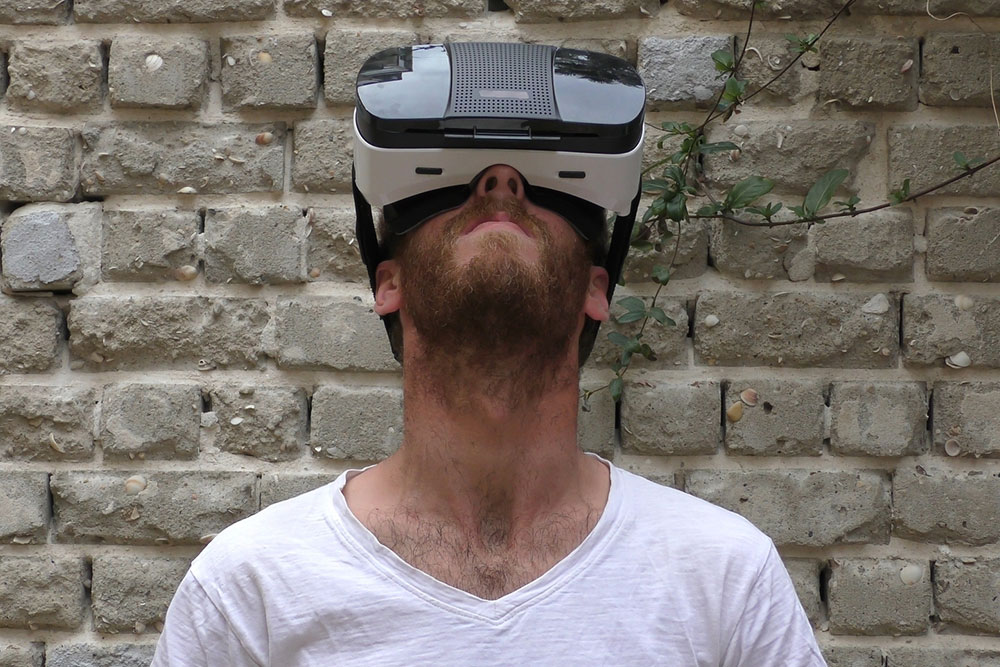Key Things to Know About the Apple Vision Pro

With the ever-evolving world of technology, Apple has always been at the forefront of innovation. The latest project from Apple in the spatial computing sector, the Apple Vision Pro headset, has been making waves in the tech world, with experts predicting it to be a game-changer for the industry. In this article, we will delve into the features of the Apple Vision Pro headset and how it could revolutionize the tech world.
Key features of the Apple Vision Pro headset
The Apple Vision Pro headset is poised to revolutionize the world of tech with its impressive array of key features and innovations. Intending to deliver a cutting-edge user experience, this headset pushes the boundaries of what is possible in the VR market. Let’s delve into the key features that make the Apple Vision Pro headset a leap in tech innovation:
1. Revolutionary dual-chip design
The Vision Pro headset boasts a powerful M2 chip, ensuring seamless performance and lightning-fast processing speeds. In addition, it introduces the brand-new R1 chip, which is dedicated to enhancing the headset’s spatial computing capabilities. This dual-chip design sets a new standard for VR headsets, enabling users to experience a new level of immersion and realism.
2. Custom micro-OLED display system
The Vision Pro’s display system is a marvel, with a custom micro-OLED design that delivers breathtaking visuals. With a staggering 23 million pixels, users can expect stunning image quality and enhanced clarity, elevating their virtual experiences to new heights.
3. Sophisticated sensor array
Equipped with a pair of high-resolution cameras, the Vision Pro headset captures the user’s real-world environment with remarkable precision. This sophisticated sensor array allows for accurate tracking of the user’s movements. It enables the seamless integration of virtual objects into the real world, further blurring the line between the physical and digital realms.
4. Responsive, precision eye-tracking system
Apple’s Vision Pro headset takes user interaction to a new level with its responsive eye-tracking system. This innovative feature allows for precise tracking of the user’s gaze, opening up new possibilities for intuitive and immersive experiences. From dynamic object interaction to gaze-based navigation, the eye-tracking system adds a new dimension to how users engage with virtual content.
5. Advanced spatial audio system
To complete the immersive experience, the Vision Pro headset features an advanced Spatial Audio system with dual-driver audio pods. This system delivers realistic, three-dimensional sound that adapts to the user’s head movements, creating a truly captivating audio experience.
These key features represent a significant leap in tech innovation, addressing existing gaps in the VR market and setting a new standard for VR headsets. With the Apple Vision Pro headset, one can expect unparalleled immersion, interactivity, and realism, ushering in a new era of virtual experiences.
Apple’s vision for the future
Apple’s commitment to pushing technology boundaries on the Augmented Reality (AR) platform and redefining user experience is at the core of its vision. As a company known for its innovative products, Apple’s development of the Vision Pro headset aligns perfectly with its broader innovation strategy. The company aims to create a seamless blend of digital and physical worlds, transforming how we interact with technology.
With spatial computing, users can see and manipulate virtual objects in real space, enhancing their gaming, communication, and productivity experiences. Apple’s Vision Pro headset is set to transform how one perceives and engages with one’s surroundings, and its impact on tech innovation cannot be overstated.
Apple is positioning itself as a leader in the spatial computing revolution by introducing the Vision Pro headset. This ambitious undertaking showcases Apple’s commitment to delivering cutting-edge technologies that enhance our everyday lives.
Transformative use cases of Apple Vision Pro headset
The Apple Vision Pro headset is poised to revolutionize not just gaming and entertainment but also various industries and sectors. With its advanced features and cutting-edge technology, experts predict that this VR headset could have transformative uses in fields such as productivity and education.
In terms of productivity, the Vision Pro headset has the potential to revolutionize how we work and collaborate. Imagine a virtual office space where colleagues worldwide can meet, brainstorm, and collaborate in a seamless and immersive environment. This could significantly enhance productivity and efficiency and eliminate geographical barriers.
Additionally, the headset’s eye-tracking system could revolutionize user interfaces and enable more intuitive and efficient interactions with digital content, making tasks like data analysis or content creation more seamless and engaging.
In the field of education, the Vision Pro headset could open up new possibilities for immersive and interactive learning experiences. Students could explore historical landmarks, engage in virtual science experiments, or travel to different countries without leaving the classroom.
This could enhance understanding and retention of complex concepts and provide equal learning opportunities for students regardless of their location or access to resources.
Launch date and price
Apple is set to launch its first wearable headset device, the Apple Vision Pro, in early 2024. The device is expected to have a starting price of around $3,499 and will be exclusively sold in Apple stores. Customers interested in purchasing the device may need to schedule an in-store appointment with an Apple representative to ensure a perfect fit.


